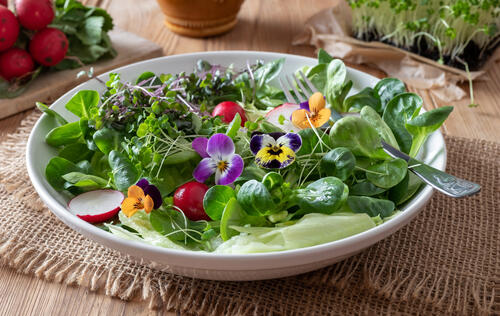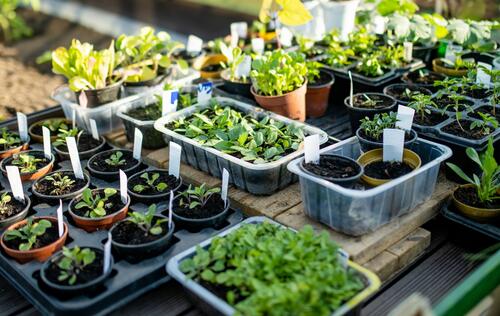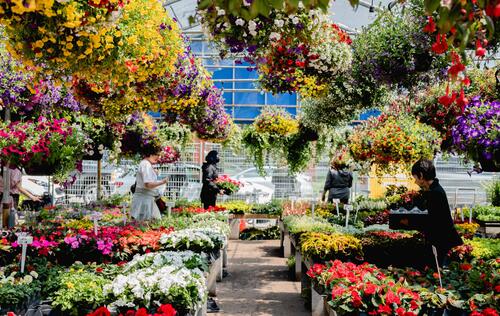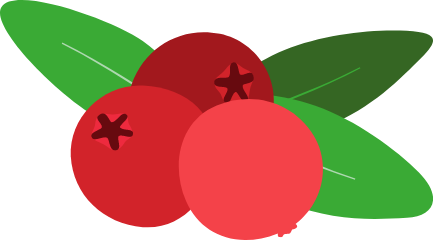De l’eau à la bouche: the Saint-Lawrence
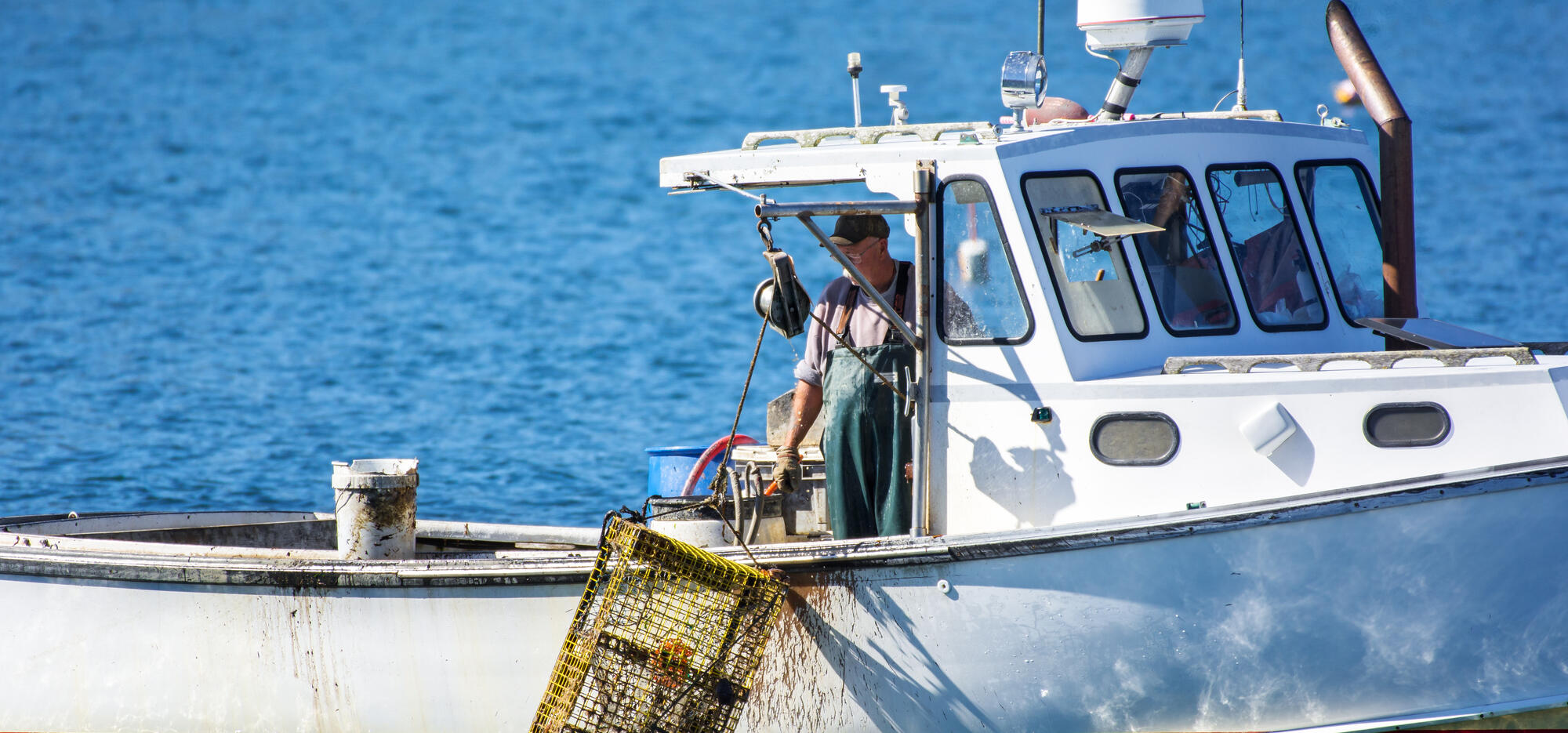
Our beautiful St. Lawrence is a veritable larder. Its salt waters, from the tip of Tadoussac to the Gulf, are home to hundreds of species, the most emblematic of which, such as lobster and cod, have graced our tables for centuries, while others, such as seaweed, green sea urchins and monkfish, are timidly making their way to our plates.
TIPS FOR 2025
- The safe bet for the 2025 season is undoubtedly lobster. Firstly, the biomass of the King of the St. Lawrence is abundant, and this species adapts rather well to climate change. Its fishing technique, using traps, generates little impact on the seabed. The Fourchette Bleue organization considers lobster fishing to be eco-responsible. It usually starts in May and finishes towards the end of June, generating significant economic activity for the coastal communities of the Magdalen Islands, Gaspé and the North Shore.
- This year's St. Lawrence veg choice is sweet kelp (kombu royal), commonly known as sea lasagne, a brown seaweed hand-picked from the St. Lawrence by scuba divers. This seaweed has a slightly iodized taste and, once rehydrated, a texture resembling cooked cabbage. It can be bought dry in bags and has a long shelf life. Use in soups, stews and salads.
- The rising star: Atlantic redfish. Back with a vengeance after a 30-year moratorium, this red-skinned, big-eyed fish has delicate, all-purpose white flesh. It's economical, increasingly easy to find on our shelves and easy to cook - all good things! It's a sure bet to become a regular on your plate.
- For seafood aficionados, the Stimpson clam is THE mollusc to discover. Sometimes fresh, but more often canned, pickled or frozen, it's a perfect addition to seafood shells, soups, sauces and pasta dishes.
- The choice of adventurers is undoubtedly seal meat. An unparalleled wild meat, tasty and rich in iron. Connoisseurs will describe this meat as having the texture of duck breast and the taste of beef liver. In tataki, it's uniquely tender. Although seal hunting was decried in the 1970s, today it is considered one of the most ethically monitored hunts in the world. The number of seals in the St. Lawrence now exceeds millions, so this biomass can withstand commercial fishing pressure.
- And last but not least, the Northern shrimp, the one we're already missing. You've probably noticed, but our little Matane shrimp is increasingly absent from our shelves. The reason for its decline in fish shops is multi-factorial: predation by Atlantic redfish (which is making a strong comeback in our waters), warming of the deep waters of the St. Lawrence and the increase in hypoxic zones in the St. Lawrence (zones low in oxygen, caused in particular by human pollution). These factors not only make life difficult for our shrimp, but also for the Quebec fishing industry and the economy of coastal regions. As the shrimp's absence shows, when it comes to sustainable development, it's in our interest to manage our marine resources well.
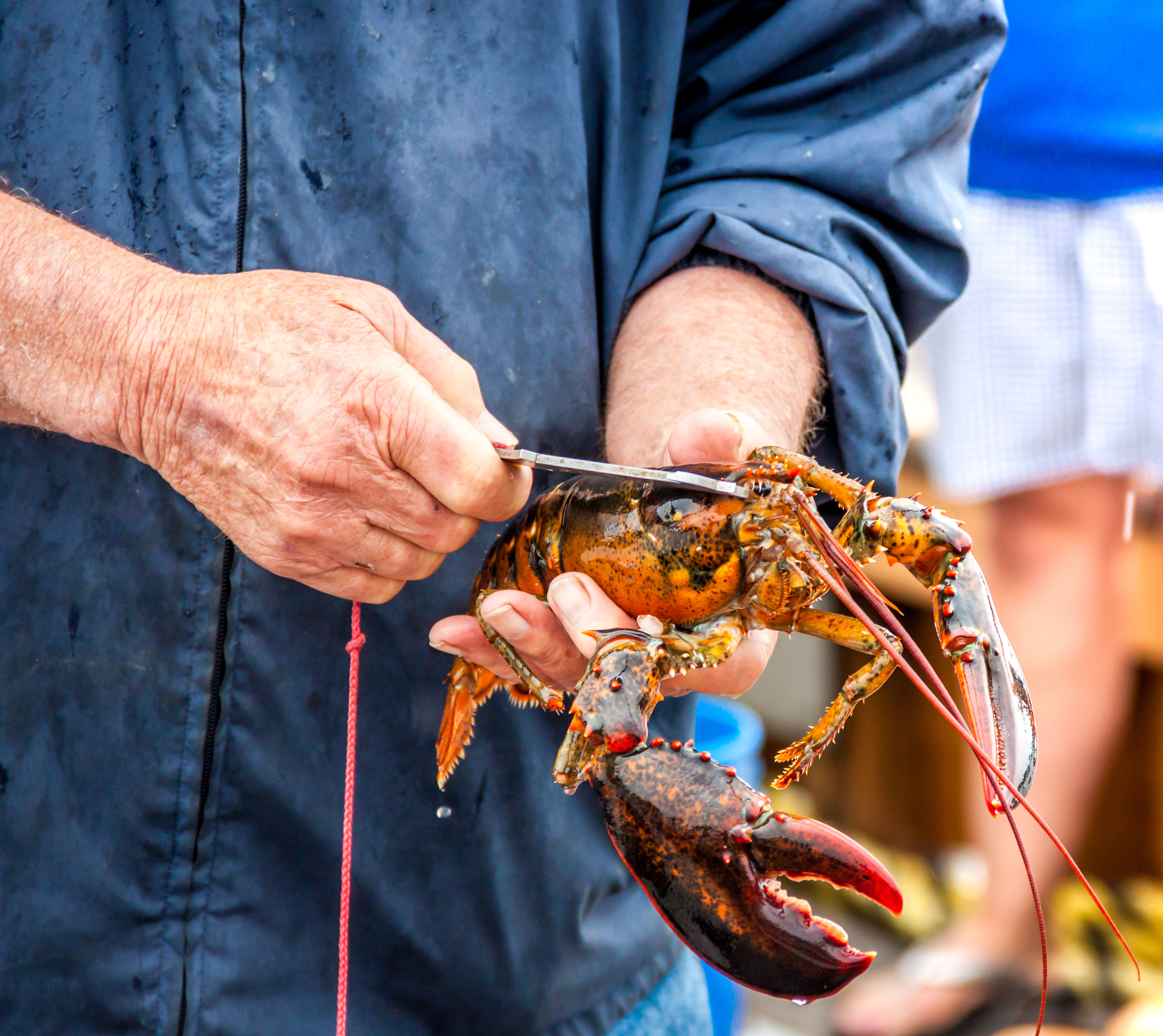
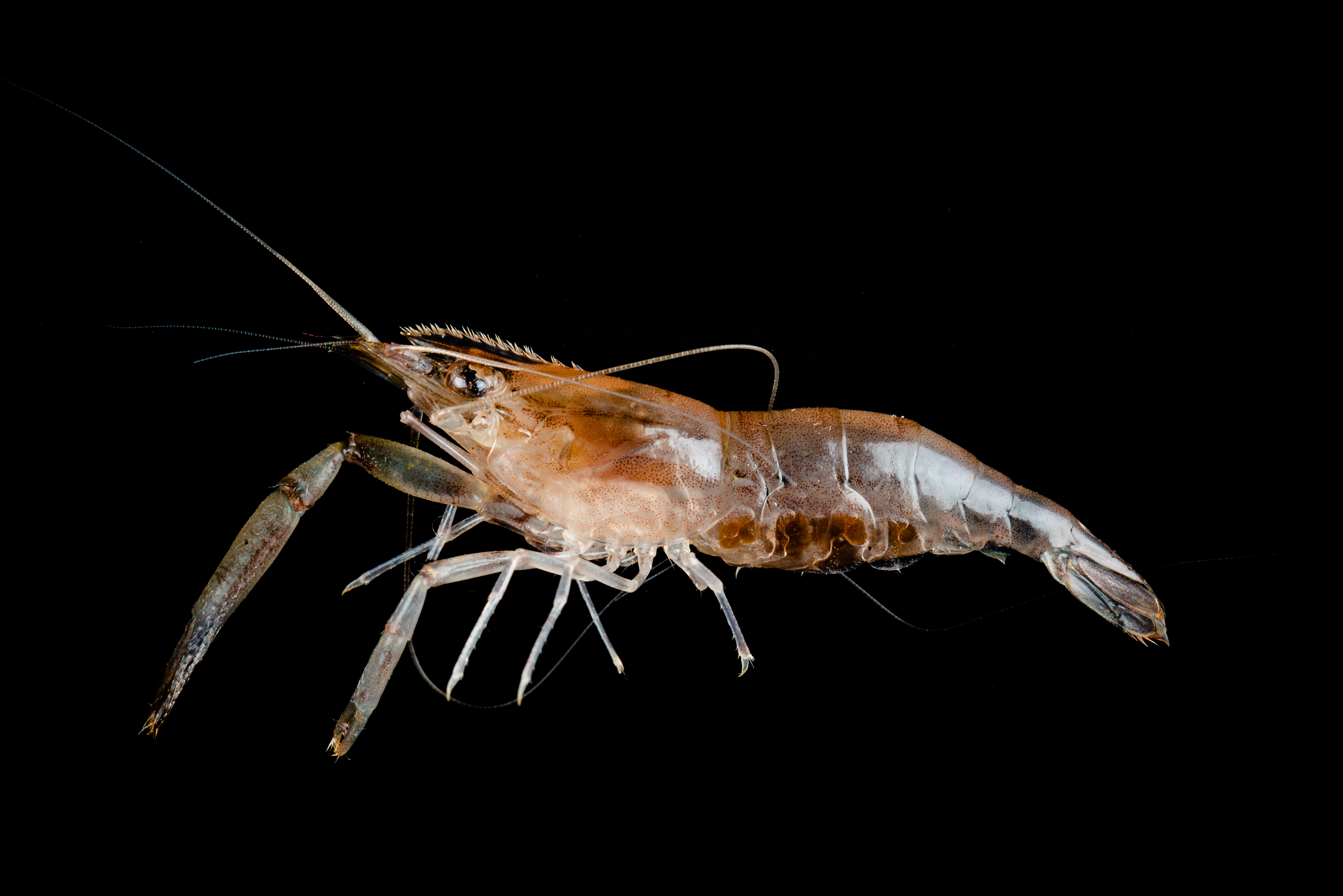
The St. Lawrence in all its states
There's no point hiding it: the species of the St. Lawrence face numerous threats: various contaminants and pollutants, overfishing, invasive exotic species, noise pollution, climate change, ghost fishing gear... Today, however, the fishing industry and governments are taking a precautionary approach, favoring a diversified fishery, and an ecosystem-based approach is being taken into account.
To better understand the relationship between St. Lawrence ecosystems, fisheries and marine gastronomy, visit the virtual exhibition De l'eau à la bouche.
Fourchette bleue, the program to promote the marine species of the St. Lawrence, set up in 2009 by the Exploramer science museum, analyzes over a hundred fish, crustaceans, mollusks, echinoderms, algae and marine mammals each year, and publishes the results in the form of an ecoguide. This enables Quebecers to make informed choices about the species they wish to include on their plates.
Text by Sandra Gauthier of Fourchette bleue.
This news item is part of the Seasonal Market Guide - spring edition (in french), a free quarterly publication that you can now find in all your favorite public markets, thanks to the financial support of the Ville de Montréal.

